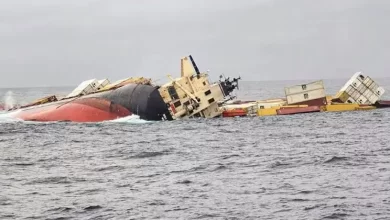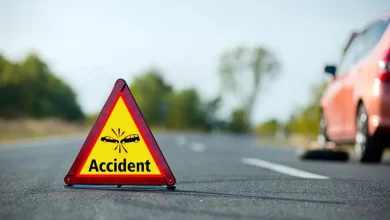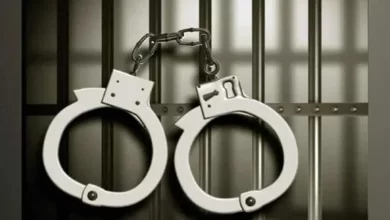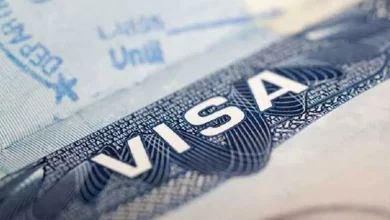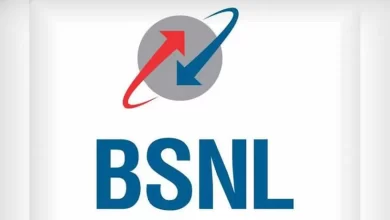Odisha train accident was waiting to happen, indicates CAG report

Centre apparently did not initiate measures for addressing and fixing the safety lacunae, leading to the devastating tragedy at Balasore

Hyderabad: Could the Odisha train accident have been avoided? Yes, it appears, had the Indian Railways considered the shortcomings pointed out by the Comptroller and Auditor General of India (CAG) last year.
The CAG had warned the union Government about glaring holes in the barriers or risk control systems that were put in place by different departments of Indian Railways last year.
Despite the CAG’s findings in different aspects, especially maintenance, the Centre apparently did not initiate measures for addressing and fixing the safety lacunae, leading to the devastating tragedy at Balasore.
The CAG in its report on ‘Derailment in Indian Railways’ for the year ending in March 2021, released last year, specifically mentioned that a systematic mechanism for monitoring of implementation of policies, processes and procedures to prevent recurrence of such incidents at other locations was missing.
“The deficiencies in setting up a foolproof system of learning from past mistakes are a serious impediment to fulfillment of one of the main objectives of the accident inquiry reports of preventing recurrences of incidents of derailments,” the report says.
“In each accident, multiple factors attributable to the one department or to more than one department combined and were collectively responsible for the derailments. Most of the derailments occurred due to simultaneous failures of each of the five barriers namely (i) Rules and Joint Procedure Orders (JPOs), (ii) Training/Counselling of staff, (iii) Supervision of operations, (iv) Coordination and communication between staff of different departments and (v) Scheduled Inspections,” it said.
“The Railway administration had failed in achieving the important objective of monitoring the preventive action in respect of the recommendations made by the Inquiry Committees as the same has not been made part of the SIMS, the online real time reporting system,” it noted.
“Track Management System (TMS) is a web based application for online monitoring of track maintenance activities. The in-built monitoring mechanism of the TMS portal was, however, not found to be operational,” the CAG report states.
More importantly, there was glaring negligence in track inspections. Out of the identified 350 cases, track inspections were done only in 181 cases. The shortfall of Track Recording Car (TRC) inspections had adverse consequences on the quality of assets with implications on safe operations of trains on these routes, the report points out.
The report also indicates that of the total 217 accidents in the last 4 years, 75 percent were due to derailment. There were also 211 accidents due to signal failure.
The report also says that there was an increasing trend towards expenditure on non-priority works against the guiding principles of Rashtriya Rail Sanraksha Kosh (RRSK) deployment framework. The sole purpose of creating a separate dedicated fund for financing safety related works was defeated, as safety related works were held up due to fund constraints, it said.
Another important lacuna pointed out by the CAG was inadequate staff. The Indian Railways managed the maintenance activities with vacancies in workforce and with nominal outsourcing.



